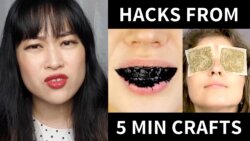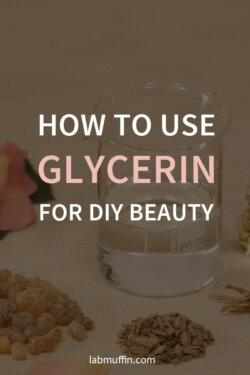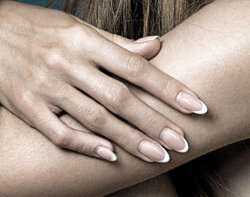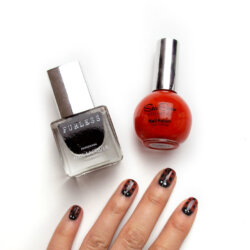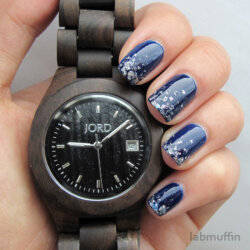Are gel nails bad for you? UV, skin cancer and allergies
If you’ve ever tried gel nails, you’ll know you have to bake your fingers under a UV lamp. And if you’re like me, you might’ve thought: I know UV from the sun is bad and causes skin cancer, tanning beds are extra bad, they cause extra skin cancer… is this thing that looks like a tanning bed (for ants) actually …


